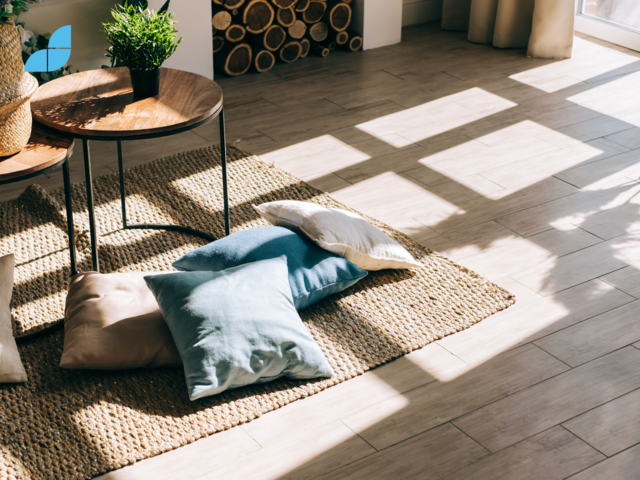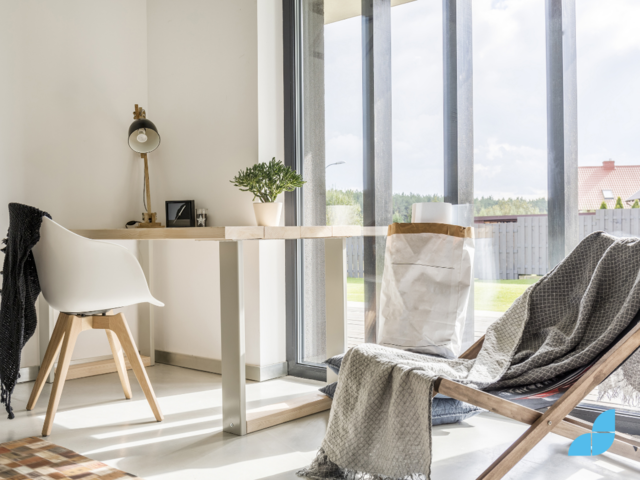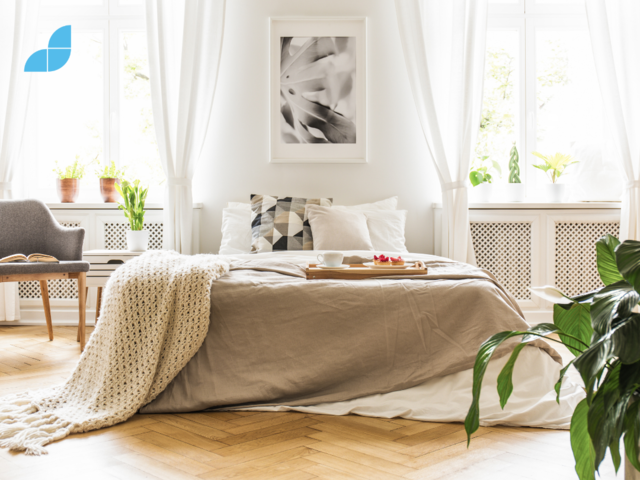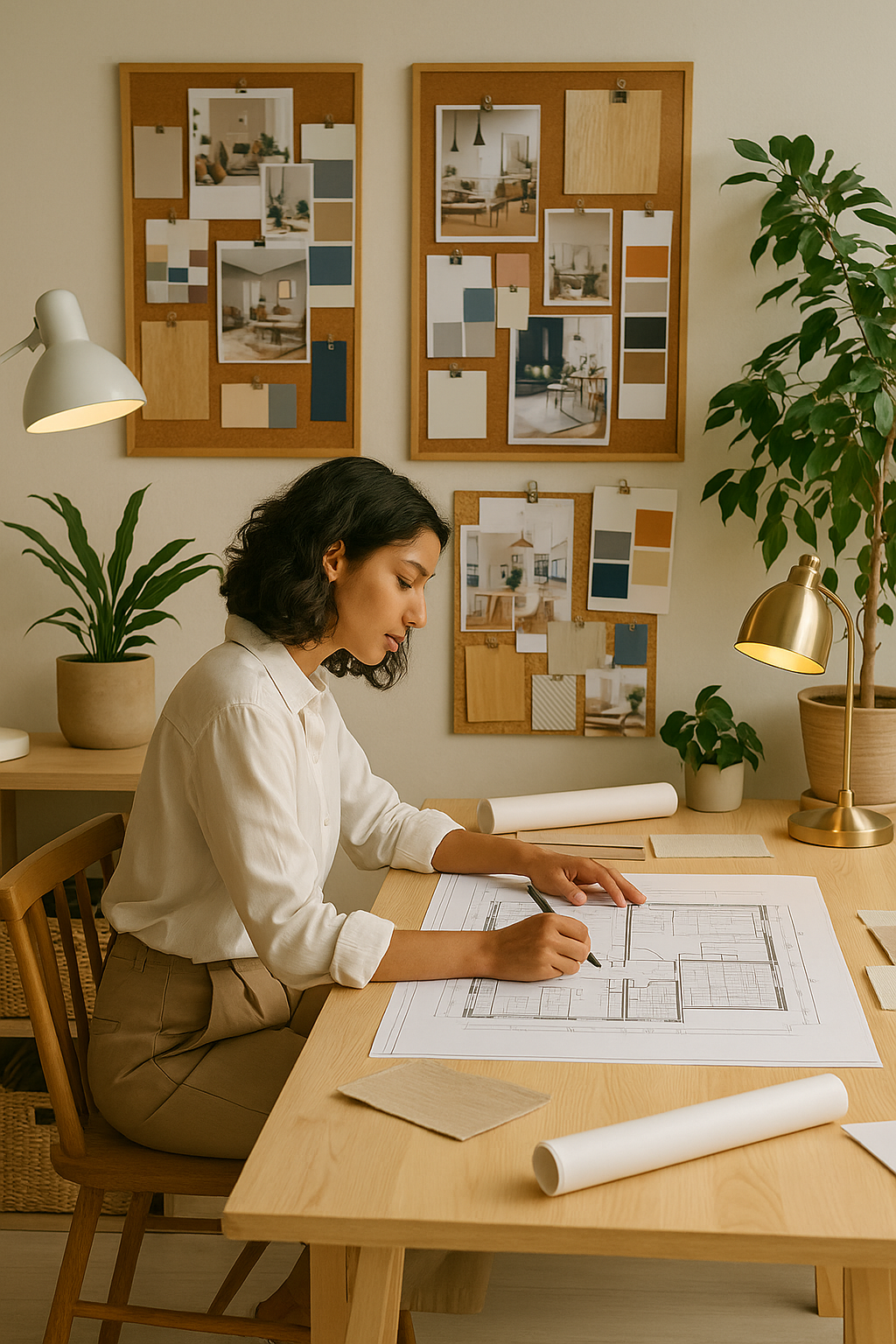Before introducing any artificial lighting, interior designers will usually try to utilise any natural light that is available in a space. Natural lighting, also known as natural illumination or daylighting, is a most sought after component of interior design. If the space is lucky enough to have access to lots of natural light it is a sure way to inject ambiance and energy into a design. Interior designers use this resource in a variety of inventive ways to not only illuminate attractive features, but to enhance well-being and contribute to a positive mood. Let's take a look at a few ways in which interior designers use natural light and why it's so important.

Natural Lighting's Importance in Interior Design
Natural light is so much more than just a source of illumination; it is a design element that shifts in intensity and colour throughout the day. This ever-changing aspect provides a sense of rhythm, vitality, and connectivity to the outside world while also altering the mood and feeling of a space as the day progresses.
There are also many studies that have explored the health advantages of natural light including its contribution to the regulation of circadian rhythms, wellbeing, and it can even increase productivity. Overall, natural light makes a space feel more inviting and can brighten the entire mood of a space.

Interior Designers Use the Following Techniques:
Maximising Window Potential:
Windows are the primary source of natural light in any interior and where possible, it is best to position them to maximise a space’s aspect. In the Northern hemisphere, south facing rooms will get the most light and in the southern hemisphere, it is north facing rooms. Designers who collaborate with architects and contractors will often request as much light as possible including floor to ceiling windows. These offer uninterrupted views as well as a flood of light.
Skylights and Light Wells:
Where standard wall windows are not an option, skylights are an ideal solution. Skylights can often capture light for longer periods during the day and illuminate otherwise dreary rooms. They also introduce a feeling of space and are a great way to aerate and refresh a room. Some spaces may already have windows but due to the aspect or perhaps outside obstructions, light is in fact limited. This is where the addition of a skylight is an efficient way of spilling additional light into a room.
Transparent and translucent Materials:
Bathrooms or other areas that require privacy need not suffer from a light deficit. Frosted glass or semi-transparent partitions, can protect privacy and inject natural light into a space. These materials can also work as diffusers, allowing light to reach farther into a space away from the window.
Reflective Surfaces:
A clever way to play with light is to bounce it around a room creating the illusion of greater illumination. Mirrors and high-gloss surfaces can reflect and brighten darker corners or walls. This will also make a room appear larger. A strategically placed mirror can in effect double the amount of perceived light.
Strategic Layouts & Space Planning:
The layout of a room should always factor natural light into the placement of furnishings. In homes where there is a work space like a kitchen or an office and in living rooms or bedrooms where a large window is housed, designers should make the most of the light to enhance the overall living experience of the user. Natural sunlight is a great way to illuminate a desk or cooking area and in living spaces, a room that glows with the low light of the sunset is a perfect setting for cosy relaxation into the evening.
Shading Solutions:
While daylight is a beautiful method of lighting a space, there are times when the intensity of the light will need to be controlled. Shades and blackout blinds will help block those super early sunrises in the summer and add privacy to personal spaces. Curtains and blinds can be beautiful design features in any room but they also need to serve a purpose. Some options only dilute or diffuse and others will completely block out light. Consider the primary use and future adaptability of a space before deciding on a window treatment.
While natural light is a friend of interior design, there is such a thing as too much light. Midday sunlight can be harsh and glaring not to mention the stuffy heat it can create indoors.
In warmer climates, large windows that spill large quantities of light will also face a temperature issue. Natural light is an environmentally healthy solution to artificial lighting, but it comes with a heat challenge. Rooms without ample ventilation would benefit from double glazing glass or thermal curtains to reduce the heat that sunlight will produce.
Natural lighting is a valuable asset and if a space can offer access to this resource, most interior designers will make the most of it. Not to mention its many benefits in aesthetics, health, and sustainability.

So - Are you ready to illuminate your interior design path?
If reading this has inspired you to learn more about the values of natural lighting in home designs? If you see yourself experimenting with shadows, capturing the golden hour, and designing spaces that can have an impact on a person's mood? Then our interior design courses are designed for you.
With our courses, you'll not only understand the intricacies of natural light, but you'll also be able to incorporate it into your designs. Enrol today and enrich your perception of space, one design at a time!

